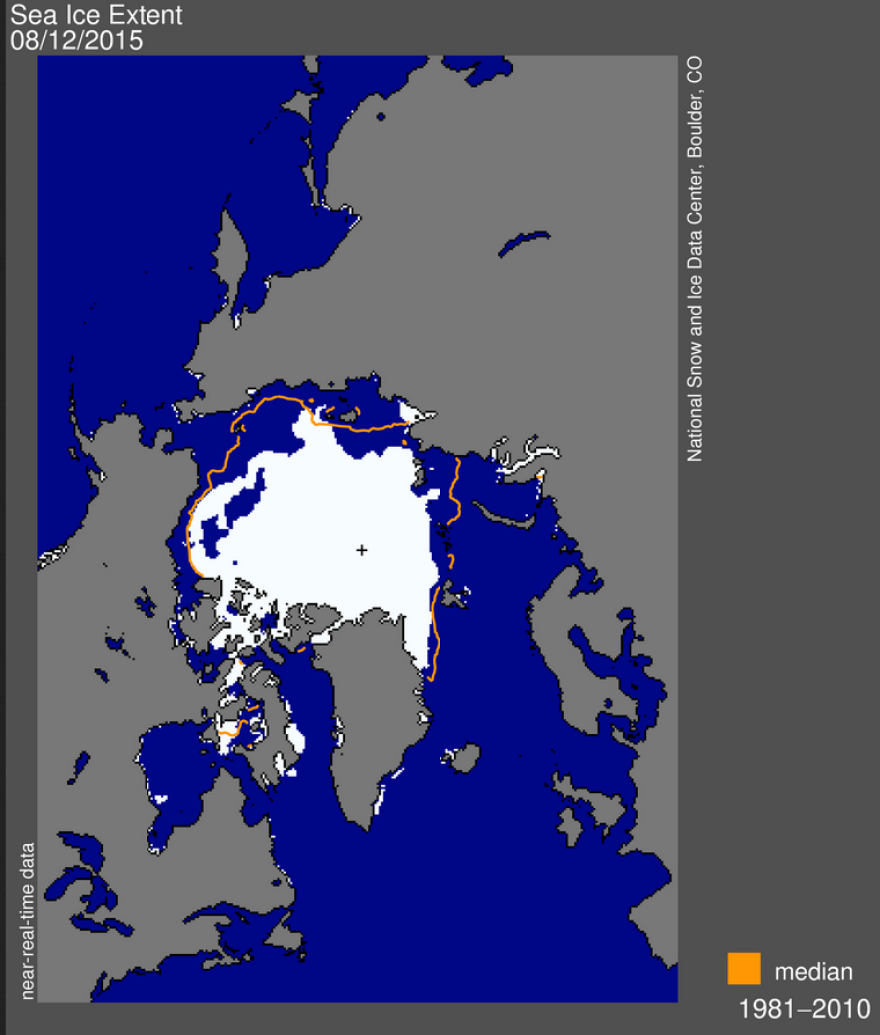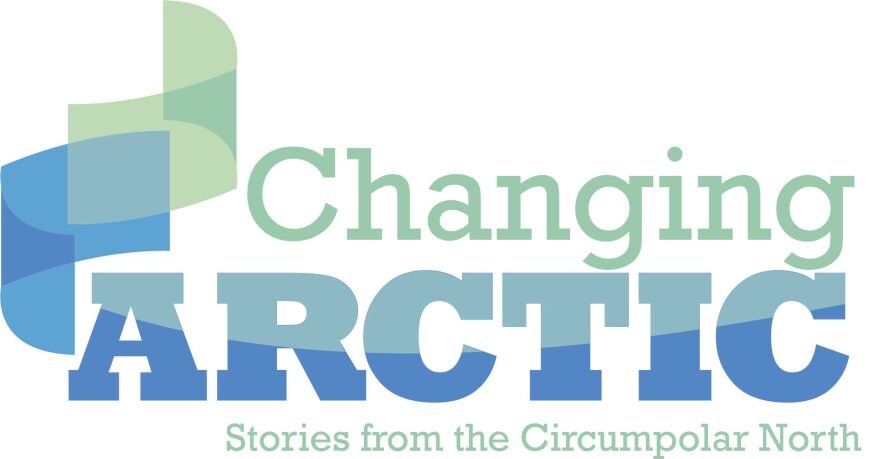It’s a challenge for news media to keep up their reporting on climate change’s impact on the Arctic, because of the pace of change and scientists new findings on, for example, the melting of polar sea ice.
“We are pretty much headed for a seasonally ice-free Arctic Ocean sometime this century,” says Mark Serreze, who directs the National Snow and Ice Data Center Director. “It could be 20, 30 years from now; maybe more than that.”
Serreze says the extent of Arctic sea ice is shrinking by about 13 percent per decade.

This year, the center recorded the lowest extent of wintertime sea-ice formation since it began gathering satellite data in 1981. Serreze says the amount of sea ice melting this summer will come close but probably won’t break the record set in 2012.
He says the sea-ice retreat probably was accelerated by a couple of weather-related factors: El Nino and “The Blob.”
“This blob of warm water off the west coast of North America has been sitting there quite a while. And that actually looks like it was at least partly responsible for the crazy winter weather,” he said.
Serreze says it appears The Blob has contributed to a distortion of the jet stream over North America, bringing unusually warm air into the Arctic and cold air into the Midwest and East Coast. And it’s helped open up the waters to the northwest of Alaska.

“The biggest summer losses we’ve seen are actually in the Chukchi Sea. Right now, it looks like clear sailing up there.”
That may be good news for shipping companies that would benefit from moving their goods through shorter Arctic routes that are increasingly free of sea ice in the summer -- like the sea route that passes through the Chukchi and over the northern coast of Russia, connecting Asia to Europe.
“The Northern Sea Route appears to be pretty much open,” he said.
The Northern Sea Route cuts the distance of shipping from Shanghai to Rotterdam by about 40 percent.
Serreze says the other major sea route that passes to the north of Canada, the Northwest Passage, remains clogged with ice. The Intergovernmental Panel on Climate Change says that route may be ice-free in the summer by 2050.



